MARKET OVERVIEW
The Global Permeate market and the industry center around permeate, a dairy by-product mainly made from whey and milk processing. This area serves the industries needing lactose-rich ingredients, giving the suppliers active alternatives for various applications and thus economically viable. With changing consumption patterns and innovations in ingredients, permeate will continue to get into food, beverages, animal feeds, and pharmaceutical formulations.
As the dairy processing evolves, permeate will be acknowledged as an important ingredient owing to its composition of lactose and essential minerals. The Global Permeate market will serve manufacturers looking for solutions that enhance texture, taste, and nutritional properties in different formulations. It will be used as a natural sweetener and bulking agent in the food and beverage industry, replacing more expensive ingredients with no compromise on quality. This property, as well as lactone sweetness and enhancement of mouthfeel, for added stability, will be appealing for bakery, confectionery, and dairy product manufacturers.
Global Permeate market is estimated to reach $1,188.04 Million by 2032; growing at a CAGR of 6.9% from 2025 to 2032.
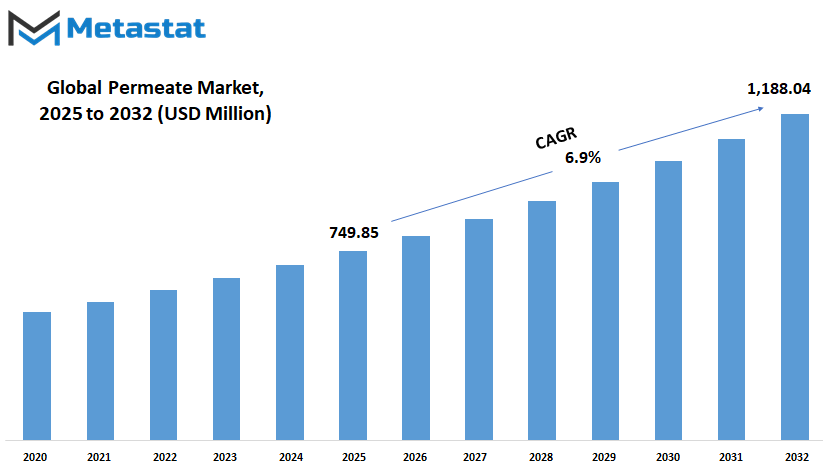
GROWTH FACTORS
The global permeate market is driven by the discovery of its potential applications in a variety of industries. This cycle of growth depends on the increasing need for low-cost ingredients in the food and beverage industry. Manufacturers constantly optimize for alternatives that combine improving product quality with lowering overall costs. Permeate is, therefore, a dairy by-product that provides low-cost options for functionality. It can improve the texture, flavor, and stability of different food products, making it an important ingredient. With consumers becoming more aware of their choices, there is now sufficient emphasis on ingredients that are cheap and good, which is will continue supporting its uptake.
Another important driver for the market is the increased use of permeate in animal feed formulations. Lactose content and corresponding mineral profile make permeate a beneficial inclusion in livestock diets. Farmers and feed manufacturers better understand the role of permeate in promoting better health and growth in animals. Therefore, as the demand for high-quality animal nutrition increases, so too, will the demand for permeate in feed applications due to an increased world population.
But then there lies a threat to the market with some challenges. One of the major challenges that have been for this great market is the supply of dairy-based raw materials. Since permeate is produced from dairy production, any disturbance in milk supply or processing could influence directly upon the availability of permeates. Changing dairy farming practices, weather conditions, and regionally variable supply chain issues can all influence production level. And awareness about the benefits and applications of permeates is limited in certain parts of the globe. Many manufacturers within emerging markets have not yet fully tapped into its potentials, which, in turn, limits growth in these regions.
On the other hand, innovations in product formulations present a very big opportunity for the market. An increasing number of consumers are looking for lactose-free and reduced-sugar options, and this is where permeates are starting to gain attention in enhancing those products. Permeate is being researched and promoted by food scientists in novel ways for incorporation into functional food and beverage formulations that are alternatives to the changing dietary preferences. With growing awareness and advancing technology, market growth is expected to be gradual. Working through supply challenges to start reaching new territories sets permeate to be a major ingredient in various industries and thus will impact the future of food production and nutrition.
MARKET SEGMENTATION
By Product Type
The Global Permeate Market is expected to witness a significant surge in the upcoming years, with the rapidly rising demand for dairy-based ingredients. Permeate, a byproduct that comes from cheese making and milk filtration, is valued more and more with its ability to serve versatile roles in the food and beverage industry. Identification of permeate as an inexpensive yet useful ingredient for flavor and texture in baked goods, dairy products, and animal feed has made its utility widespread. With manufacturing enterprises striving to innovate for production optimization and waste reduction, permeate is gradually staking its place as a fundamental forum ingredient in a multitude of applications.
The market can be divided broadly into whey permeate and milk permeate, each with its inherent advantages. Whey permeate is predominantly used in food formulations for its naturally sweet taste and for moisture retention. It finds wide application in confectionery, dairy beverages, or soups, assisting in maintaining the desired taste profile. Conversely, milk permeate is becoming increasingly popular as a functional ingredient in dairy-based products, where it improves texture and contributes to a more uniform mouthfeel. Both permeate forms are also employed in animal nutrition as a highly digestible lactose source conducive to livestock health.
Looking into the future, advancements in dairy processing are expected to influence the market. Companies are focusing on efficient filtration techniques that can provide permeate with more consistent quality. As consumer preferences shift towards natural and clean-label ingredients, permeate will have growing acceptability as a minimally-processed functional additive. The rising demand for healthier alternatives in food production is also marking out the potential of using this ingredient as a means of sugar reduction. Its natural sweetness seems highly suitable in place of refined sugars, perfectly coinciding with the burgeoning interest in reducing artificials.
In addition, sustainability will be pursued as another engine driving growth. There is a growing attention on waste reduction in dairy processing, where permeate acts as a green solution that strips down the definition of what is a cheesemaker's by-product. This creates a win-win situation for producers, optimizing the efficiency of resource use, while joining a global effort for sustainable food production. In this regard, permeate should find even better footing in enhancing product formulations and reducing waste, as the industries tend to be more environmentally friendly.
The future of the Global Permeate Market shall be shaped by changing consumer preferences, technological progress, and so on within the framework of sustainability. With pertinent concerns being correlated with the development of new applications for the newly gone being proposed, the importance of permeate as an ingredient in food production and animal nutrition is destined to grow.
By Application
Future growth in consumption by key end-use industries, coupled with change in consumer attitudes and lifestyle, would define the factors that would lead to demand in the future permeate markets. The food and the beverage industries continue evolving; hence permeate should help in improving the quality of products while also fulfilling the economic and sustainability purposes for the future.
Extensive application of permeate would be in the dairy products. The costs of ingredients are becoming more economical but keeping their nutritional value; hence the forms of texture and taste will become more common than ever as manufacturers will turn to permeate to fill these gaps. Its cost-saving nature in replacing an expensive ingredient with a regular ingredient but adds consistency makes it rather more useful while creating formulations for dairy products. Increasingly, you will discover permeate in yogurt, cheese, and milk-based drinks to bring better taste and smooth mouth feel to a range of consumers.
Permeate will increasingly be found in baked products, including using it in recipes that call for freshly baked goods to meet consumers' demands for freshness and overall improvement. Considering that it is mildly sweet, it can replace some sugar in most recipes without compromising taste, providing a more healthier option. In addition, this will also help increase the shelf life of bread, cakes, and pastries, making it more user-friendly for both large-scale manufacturing and at-home baking.
In soups and sauces, improved texture and flavors will also be achieved using permeate. The drive for clean-label products will encourage much of its use, where artificial additives are minimal. As it is also able to balance saltiness naturally, it can come in handy for developing sodium-reduced products to fit the healthier habits of consumers today.
Some meat products will have an ever-increasing amount of permeate. Medium amounts are included, especially in the processed meats for preserving tenderness and juiciness. Permeate is naturally-relative to the functional properties of moisture retention and helps prevent the drying out of tender Meats. This will be mostly in ready-to-eat and frozen foods where keeping texture and flavor is a challenge over time.
Permeate will now dominate growth in the beverage sector. It can naturally boost the flavor in energy drinks, flavored milk, and even plant-based alternatives due to its lactose content. As consumers look for beverages that possess better nutritional profiles, permeate would thus provide a solution maintaining both palatability and functionality.
Other applications will come up when sectors now start looking into how they can possibly use permeate for both pet food, confectionary items, and even alternative protein products. Versatility will just ensure that demand goes on for this ingredient. Advances in food technology, however, will continue to give the permeate ingredients an important place in terms of cost efficiency and also improve the quality of products across various sectors.
By Distribution Channel
As the Global Purified Water Market is expected to grow leaps and bounds in the coming years, the rise in demand across industries is propelling it forward. As consumers move toward healthier products as well as more ethically and environmentally viable ones, the need prevails in food and beverage segments for permeate. They develop accessibility of the product by making it available through various distribution channels for a much larger audience. The way permeate is distributed plays a major role in shaping the industry, and businesses are adjusting their strategies to align with market trends.
Distribution and distribution channels are two major ways through which markets are divided, with each considering one differentiating role. In such a case, direct approach is a mode of distribution that manufacturers generally utilize to reach their direct several customers. Such an arrangement enables a trade to have price, quality, and relationship with customers under its own control. Thus, it is efficient for businesses seeking to develop healthy consumer relationships. Such companies prefer this mode in order to build loyalty and offer competitive rates.
Indirect channel sells to the wholesalers, retailers, and distributors of permeate products. There are manufacturers who want to widen their reach but do not want to handle logistics and supply chain operations themselves. As global trade expands, this indirect distribution starts gaining more grounds for easy entry to new territories. Retailers, however, and its counterparts on the internet are becoming prominent players to get access to consumers and, thus, to widen availability and awareness.
In the future, improved technology will cause much change in how permeate is distributed. E-commerce and digital marketing has already influenced consumers' behavior toward online sales, thus becoming a factor for the future of this market. Investments by companies into digital platforms will further ensure good customer interaction, using all mechanisms to deliver permeate to the market. Improvements in logistics and supply chain management will also help to improve the speed and reliability of delivery, which is expected to support growth in the industry.
Another Important Driving Force will Be the Sustainability of Different Companies in Their Manufacturing Processes. Companies are going for green packaging and optimized modes of transport as they face growing pressure from environmental groups. Consumers are becoming more aware of what they purchase, so companies are becoming diligent in sourcing and also distributing permeate.
Thus, currently, the Global Permeate market is bound to keep progressing towards steady growth. Adapting to the new distribution changing the dynamics with technology would help companies serve consumer demands efficiently. This ever-changing environment also exposes great potential for legacy businesses and new joiners in industry expansion.
|
Forecast Period |
2025-2032 |
|
Market Size in 2025 |
$749.85 million |
|
Market Size by 2032 |
$1,188.04 Million |
|
Growth Rate from 2025 to 2032 |
6.9% |
|
Base Year |
2024 |
|
Regions Covered |
North America, Europe, Asia-Pacific, South America, Middle East & Africa |
REGIONAL ANALYSIS
Large-scale permeate processing has taken place at various places in the globe, and those differences have greatly influenced the dynamics of the permeate market. It is expected that there is a market by region, supported by economic and consumer preferences, and by technological advancement. North America is an established contender in the area with all three states, that is, for shorter forms: US, Can, and Mex, involved in market development. The aforementioned region is benefitting from very strong milk production, an advanced process-engineering food and beverage industry. Permeate demand in food continues to gain momentum whereas most companies are trying to improve their formulations to suit consumer expectations.
The UK, Germany, France, and Italy are among the countries in Europe that currently have a significant role in the market. The promotion of environmental sustainability and other innovations in dairy-based ingredients has further strengthened the possibility of growth in the market. Increased quality of products and research on new application areas, especially in animal feed and nutritional supplements, are becoming the areas of focus for European manufacturers. The growing awareness of health benefits among consumers leads to increasing applications of permeate in functional food offerings, where it is used as an economical gain for taste and texture improvement.
In Asia-Pacific, there is a massive opportunity with India, China, Japan, and South Korea driving the demand. Population growth, urbanization, and rising disposable incomes will trigger the change in consumption trends, which will translate into increased consumption of dairy-derived ingredients. The food and beverage industry is currently undergoing rapid expansion in this region, forcing manufacturers to further diversify their applications by increasing the use of permeate. Moreover, advancements in processing technology and supply chain efficiency will drive increase opportunities for the market. It is anticipated that eating sectors will continue to grow steadily in the use of permeate as dairy producers and food manufacturers abound in this region.
Brazil and Argentina are the biggest contributors to the permeate market in South America. Most of the dairy production in these countries has ensured a steady chain of raw materials, while the burgeoning food industry has created demands for permeate-based products. More ever, export opportunities are witnessed with increased concentration in the region as companies work to bolster their international presence. Cost-effective dairy ingredients are now gaining prominence, and permeates are essential in both human and animal nutrition.
However, the region of the Middle East and Africa, which comprises GCC countries, Egypt, and South Africa, displays the most promising developments concerning the market. Manufacturers are now integrating permeate into all sorts of applications owing to increased food production capabilities and rising consumer interests on dairy-based products. Although there are infrastructural and supply chain management obstacles yet to be conquered, continuous investments in the food chain mean the future development of the permeate market in this region will cater for both local and International needs.
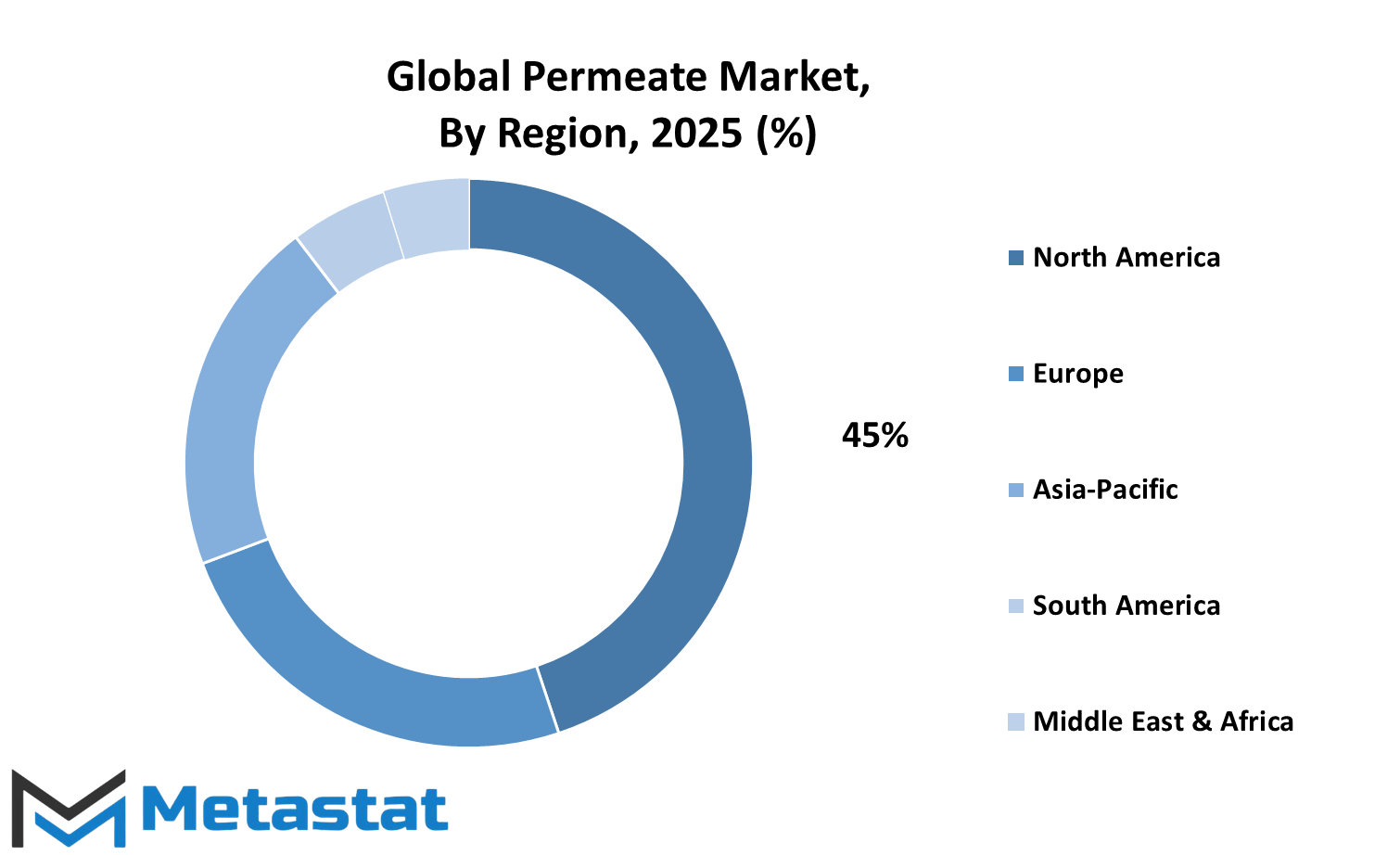
COMPETITIVE PLAYERS
This international permeate market is at a cusp undergoing big changes as demand increases for value-added dairy ingredients. The actors in the sector, considered on all sides, are continuously working on improving their production techniques, investing in research, and finding new areas of application to increase their systems of reach. As the food and beverage industry evolves, the permeability demand is taking hold of the scopes heaviest in bakery, confectionery, dairy, and animal feed applications. Consumers consider healthier, cheaper ingredients, which manufacturers try to produce in various products using innovative methods of including permeate as an ingredient into their products.
Intensifying market competition among the world's leading players is seen with companies involved in improving their production and distributing capabilities. For instance, Arla Foods, Lactalis Ingredients, and Van Lee Melkprodukten Barneveld BV are all concentrating on gaining a foothold through improving the quality of their products and guaranteeing supply continuity. Others, such as Idaho Milk Product and Agropur Ingredients, are investing in new and advanced filtration techniques to refine their offers, thus making them more attractive to the end-users. The above has largely been attributed to the rising awareness of permeate's functional benefits in improving texture, enhancing solubility, and being a cost-effective alternative to expensive dairy solids.
Sustainability is yet another factor shaping market players' strategies. Most companies look at optimizing the production process while cutting waste and minimizing environmental footprints. For instance, Euroserum and MILEI GmbH work on environmentally sustainable dairy solutions that conform with worldwide moves to cut food waste to the maximum resource usage. As production and environmental regulations tighten, any company that embraces a sustainable model is likely going to have a competitive advantage over others in the industry.
Going forward, technological advancements will define a major portion of the market going forward. In such cases, the use of automated and precise dairy processing techniques will add efficiency in processing while assuring consistency that will allow permeate access to a host of other industries. For instance, companies such as Numidia BV and Polmlek are developing ways of streamlining production while sustaining nutrition. Such innovations will not only enhance profitability but also strengthen the global model in ensuring that permeate is a reliable ingredient in various applications.
Increased consumer awareness will lead to new product development, thus contributing more to the growth of this sector. Such enterprises that quickly adapt to the changing demands, investing in future-focused strategies, will remain competitive. The global permeate market will continue to grow, and companies that anticipate changes in the industry will have some excellent opportunities to position themselves for becoming leaders in this new up-and-coming area.
Permeate Market Key Segments:
By Product Type
- Whey Permeate
- Milk Permeate
By Application
- Dairy Products
- Bakery Products
- Soups and Sauces
- Meat Products
- Beverages
- Other
By Distribution Channel
- Direct
- Indirect
Key Global Permeate Industry Players
- Arla Foods
- Lactalis Ingredients
- Arion Dairy Products B.V.
- Van Lee Melkprodukten Barneveld BV
- Idaho Milk Product
- Eurial G.I.E.
- Agropur Ingredients
- Batory Foods
- Polmlek
- FIT
- NUMIDIA BV
- Kaskat Dairy
- Milkiland
- MILEI GmbH
- Euroserum
WHAT REPORT PROVIDES
- Full in-depth analysis of the parent Industry
- Important changes in market and its dynamics
- Segmentation details of the market
- Former, on-going, and projected market analysis in terms of volume and value
- Assessment of niche industry developments
- Market share analysis
- Key strategies of major players
- Emerging segments and regional growth potential



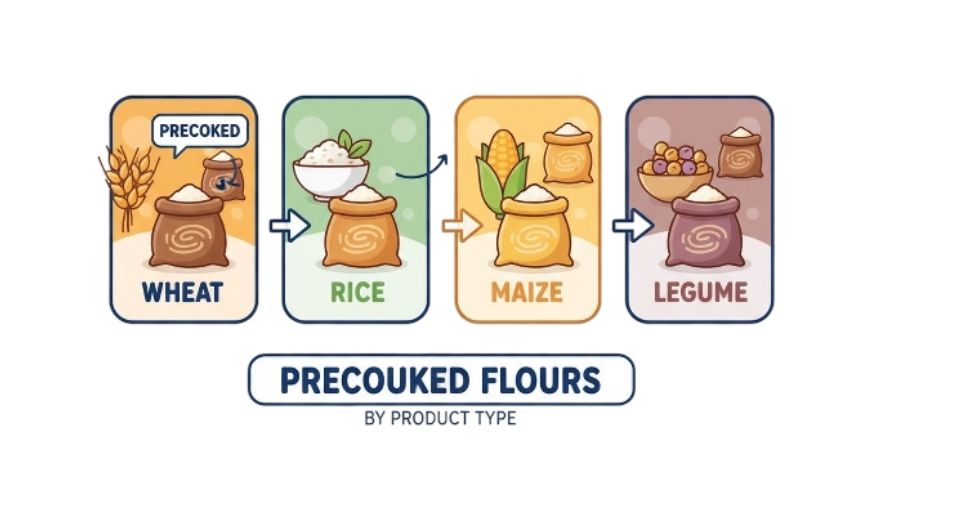
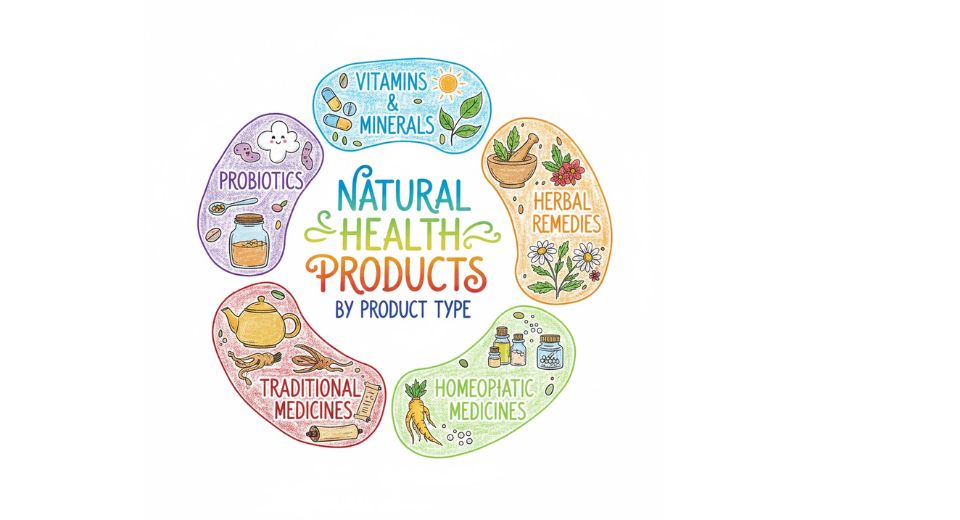
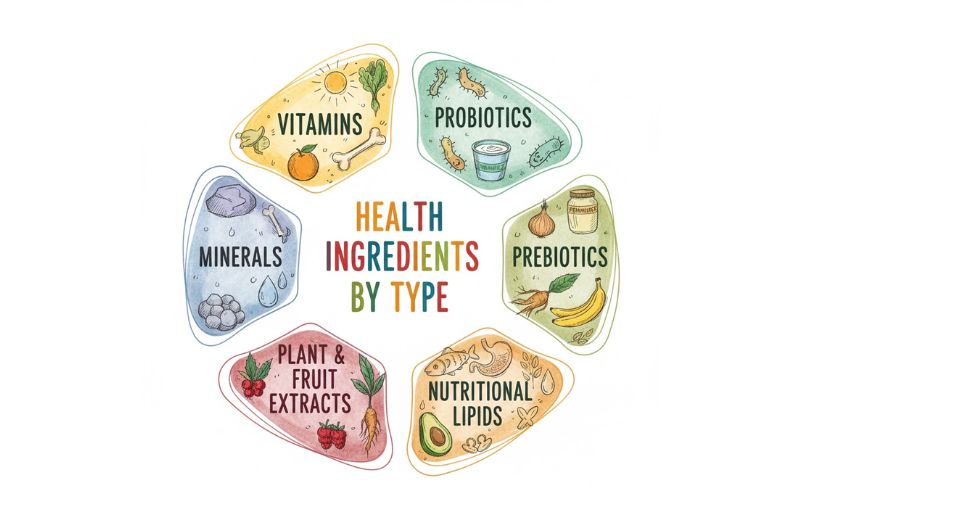
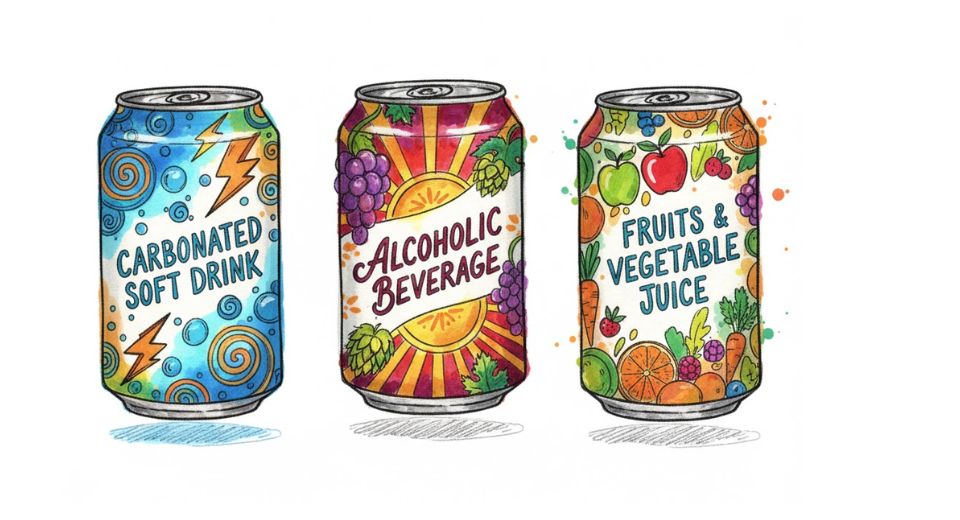

 US: +1 3023308252
US: +1 3023308252






